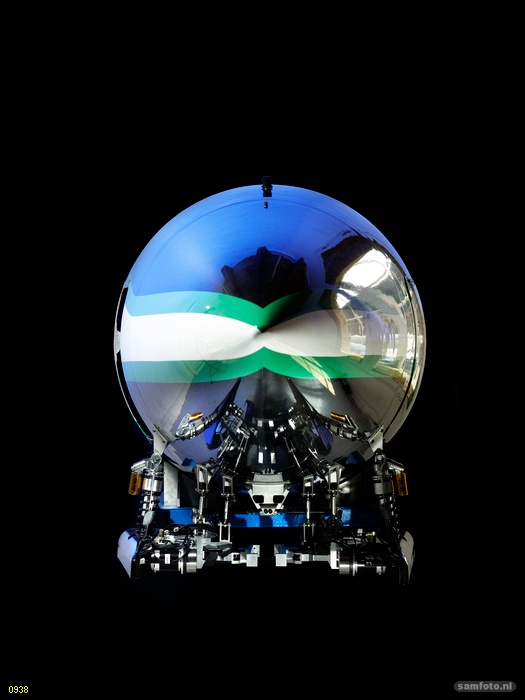Supersonic with electricity
The Hyperloop is powered by electricity and promises to transport people and goods at the speed of sound, although it may yet be some time before its becomes a reality.
This spring, TU Delft’s Hyperloop team wants to demonstrate that they can exceed 300 kph and hopes to conduct tests in one of the unused railway tunnels nearby Delft central station (two of the four tunnels will not be used by trains in the next few years).
Asja Föllmi of TU Delft’s student team explains that “both ProRail and Delft Hyperloop are enthusiastic about this idea, which is currently the subject of a feasibility study”. The tunnel section under consideration is about one kilometre long.
The Hyperloop is a conceptual high-speed transport system that uses depressurised tubes to transport magnetically levitating capsules containing passengers or freight. The low air resistance is what makes the system suitable for efficient high-speed travel. At least, that is the plan.
To encourage the development of a working prototype, Elon Musk’s SpaceX company organised the Hyperloop Pod Competition. During the last edition of the competition, which was held last July at SpaceX’s headquarters in Hawthorne, California, TU Delft’s Hyperloop team came in second. The team’s Atlas 01 capsule reached a speed of 142 kph. The winner was the WARR Hyperloop built by TU München, which reached an incredible 467 kph.
“We want to break that record next year,” says Föllmi, “and yes, it would definitely be great if we could use one of the railway tunnels for our tests.” TU Delft’s capsule ‘only’ reached a speed of 142 kph during the last competition because the motor overheated. “It gets extremely hot in the Hyperloop in California and our capsule wasn’t designed to withstand the high temperatures. This year we will be prepared.”
ProRail press officer Coen van Kranenburg informs us that the people at ProRail will do everything they can to make this test site possible. “The Hyperloop is the future of railway transport. It would be excellent publicity if the capsule could be tested in the railway tunnel.”
